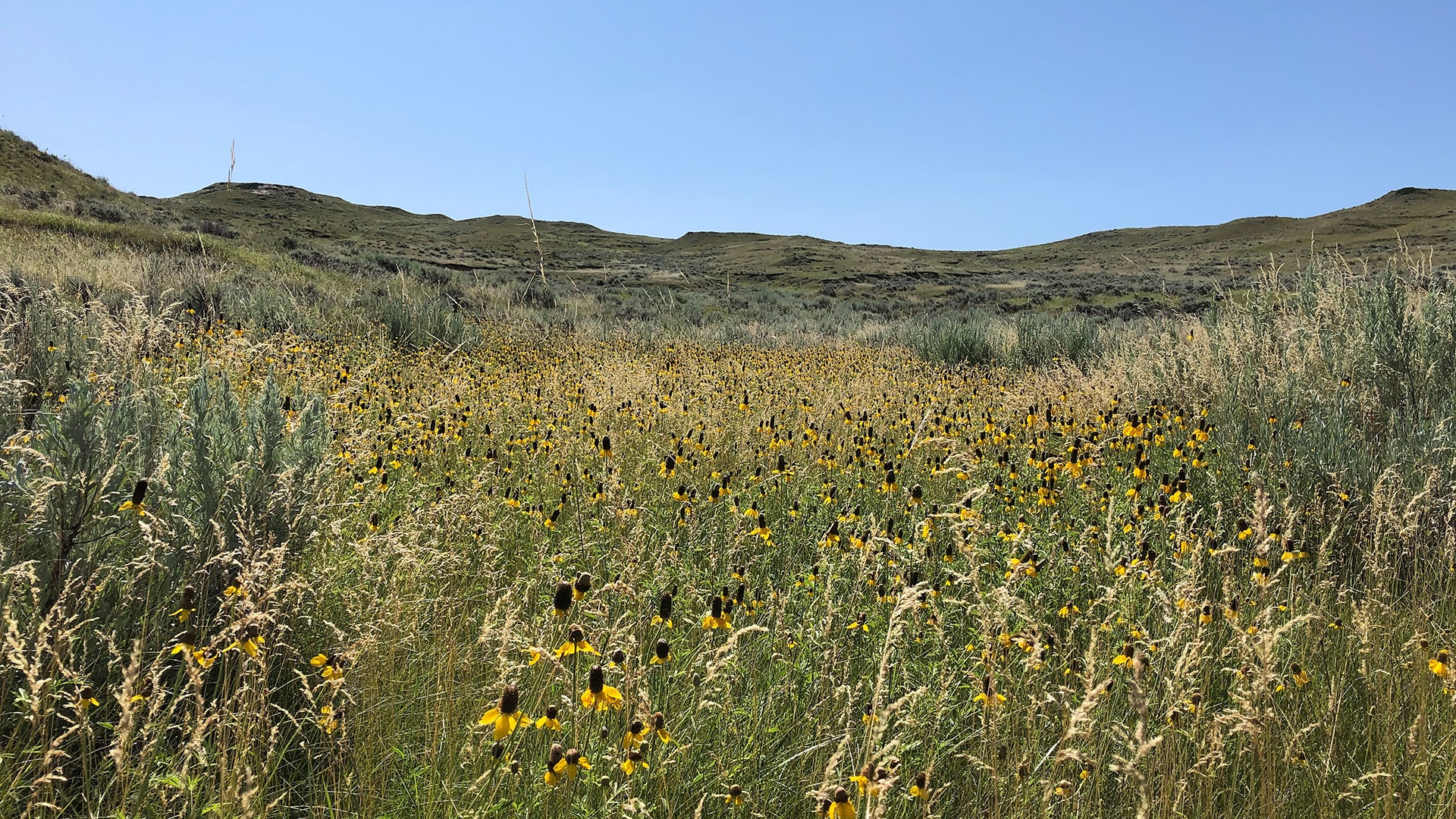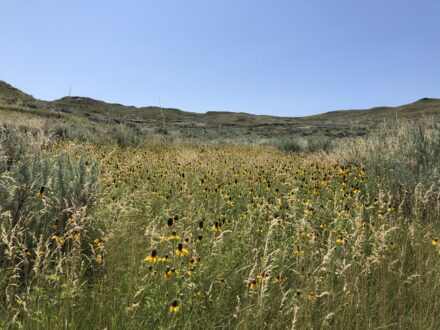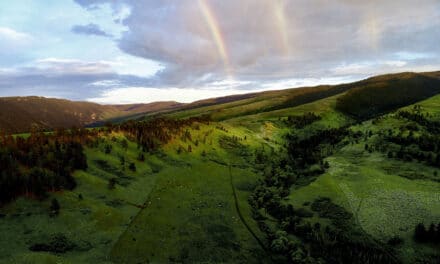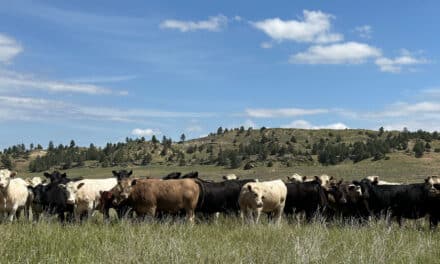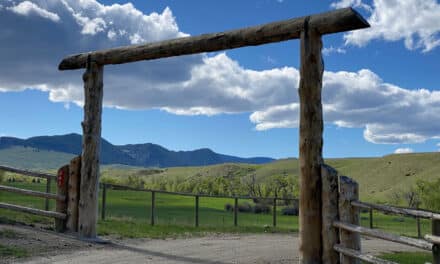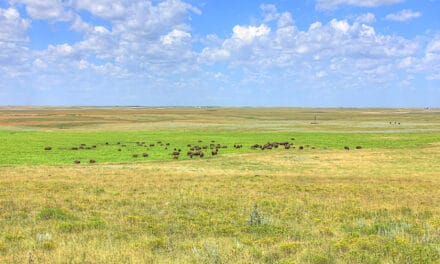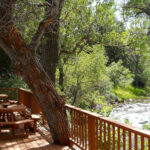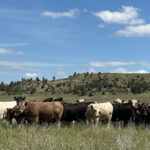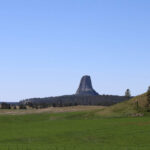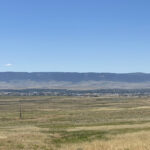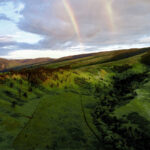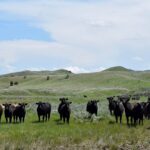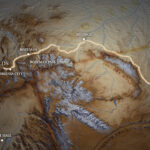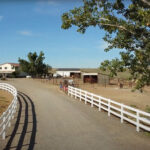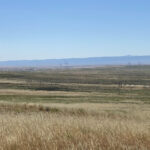Why better land management makes good sense
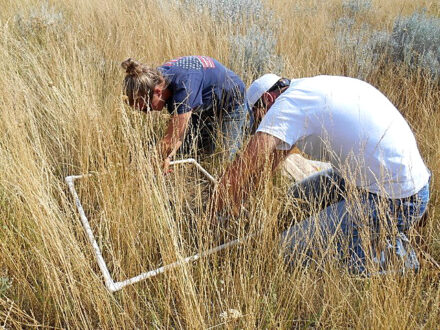
Monitoring Progress
Today there are many different terms and variations of managing lands whether you follow regenerative agricultural processes, planned grazing, Savory based holistic management, high intensity, short duration schemes, mob grazing, or a simple, but methodic variation of moving cows based on available forage, taking in to account rest recovery periods, and also considering other factors like environmental changes, natural disasters, a broken water line, or other issues that cause you to change or alter your plan and patterns. I’ve been working with planned grazing and regenerative grazing practices on our operations for over 14 years, and we have seen some incredible results. I’d like to share with you the idea behind these concepts that have led us to healthier lands and livestock.
Case Study: Ucross, WY
When I first started working on our main 20,000-acre ranch, the quality and condition of the rangeland was less than desirable, productivity was minimal, and carrying capacity was low.
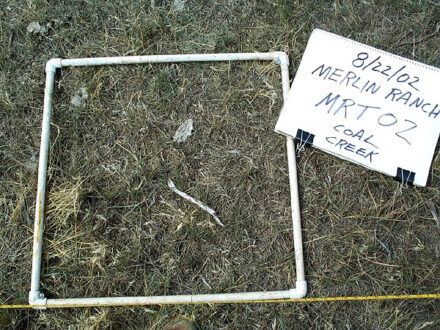
Ucross Ranch, WY – 2002
We hired Ranch Advisory Partners, a third-party consultant to establish a baseline inventory of the condition and quality of our pastures and to help prepare a grazing plan that could ultimately help improve our land. Traditionally, the ranch had been operated without any type of planned grazing other than the idea of planning to remove the available forage and then proceed to the next pasture once that had occurred. This style of grazing has been proven to drive rangelands into a lower productive state over time and decreased land health, which results in reduced stocking rates and poor livestock body conditions. This style of grazing left the land with reduced productivity because the plants were stressed, they had no root reserves left, they were exposed to the elements, there was more bare ground than living material, and the sun evaporated any moisture that hit the surface of the land. During large rain events, there was nothing to catch the water, and it would run across the surface, create erosion, remove vital topsoil, and be lost where the plants couldn’t utilize it.
We wanted to improve our land and knew that if we could improve the quality of the forage, we could eventually increase our carrying capacity and that in turn would increase ranch revenue. Since we do not own any cattle and choose to lease out our properties, it was essential that our lessees worked with us to achieve these goals. It is also an incentive to them to help improve the land sine their carrying capacity and revenue depends on the number of livestock the land support. Simply put, healthy lands can support more livestock, and more livestock means more money for the ranchers.
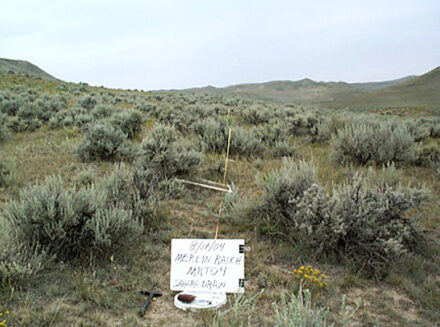
Ucross Ranch, WY – 2004
After we established our permanent monitoring sites in each pasture and gathered the baseline data, we realized there was a lot to improve. Bare ground was as high as 50% in many pastures, meaning no plants were growing there, species composition was low at 20 species or less, and most of the species present were undesirables like and weeds. We started looking at available water sources, pastures sizes, how the land had typically been used in each pasture and then figured out how we could change that with a planned grazing approach. One of the most important aspects of planned grazing is to give plants ample rest periods between grazings before they can be grazed a second time. After we determined the amount of forage that was available to graze, we knew how many livestock we could have on the property. We then started looking at duration of grazing and how we could move the livestock through the pastures, harvesting the grass at reasonable levels, leaving some grass, and then give those plants a chance to rest and regrow before they ever get grazed again. By allowing those plants to regrow, they replenish their stored root reserves, and regrow their above ground biomass so it can be grazed again. This creates a healthier plant, and depending on time of year, allows that plant to go to seed, enabling it to reproduce and hopefully fill in some of those areas that were bare ground and not producing previously. This is where the cattle also become a tool. Those plants that are allowed to reproduce spread their seeds across the bare ground, and cattle then act as a farm implement and trample the seed into the ground, planting it, and then adding organic fertilizer as they pass waste across the rangeland. If you constantly take all the above ground biomass and remove it, those plants become stressed, trying to regrow before winter arrives and the only way, they can do that is to use root reserves. Once their root reserves have been diminished, the plant will die, resulting in bare ground and areas for undesirables like weeds or cheatgrass to establish. This ultimately results in poor rangeland and plant health as well as reduced carrying capacity. Once you can let those plants reproduce, you start to decrease bare ground which is replaced by new seedlings and plants. Those plants that weren’t grazed off, then go dormant in winter and the remaining above-ground biomass is reduced to litter, which falls to the surface of the earth. This litter is another important factor in rangeland health. Litter acts as a mulch, retaining moisture in the soil by reducing evaporation, reducing the temperature of the soil, and creates micro germination sites for new seedlings to establish and grow. It also acts as a binder and soil protector, holding the soil surface together, reducing wind and water erosion, and as it decays increases soil nutrients as it decomposes and becomes mixed with the soil surface.
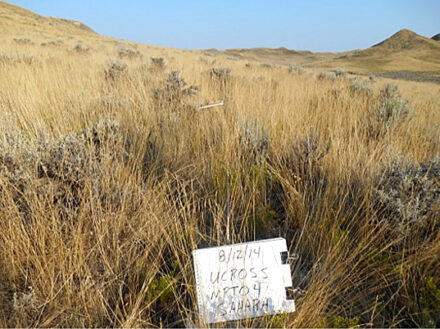
Ucross Ranch, WY – 2014
Over time, you start to see shifts in species composition. Weeds become choked out either by the litter or the new grass plants that have become established, taking up valuable space in those bare ground areas. The sunlight now starts hitting live plant material instead of bare ground, causing those plants to vigorously grow, replenish their roots, and contain more nutrients within their leaves and stems. Your rangeland is now producing at a higher state, the plants are healthier, the land is healthier, and so are your livestock. By establishing a grazing plan and using regenerative grazing practices, we have increased the carrying capacity of the ranch from 350 AU to 1,100 AU per year. Bare ground has been reduced from 50% to less than 4% in all pastures and some as low as 1%. New and beneficial plant species have replaced that bare ground and increased productivity above and beyond the established baselines for our soil types. Biodiversity has increased and most pastures now contain over 40 plant species compared to 20 or less previously. Some of our pastures are now producing 450 times the amount of forage that they use to produce without a planned grazing approach. Because of this, the ranch is now supporting 68% more animals and forage as it had in the past, and we haven’t added any acreage to the property. Our lessee is happy with the increased revenues from increased AU’s, and we our happier with healthier land and soils benefitting not only livestock but the wildlife that also inhabit the ranch.
Sumatra, MT
We have taken these concepts and ideas and are implementing them at our Antelope Creek property and with time I know we will see similar results as we have at our Wyoming properties. You too can have these results on your land with a little planning, patience, and unconventional thought processes. Stay tuned for more detail in the future on our results and on how you can achieve this on your property!
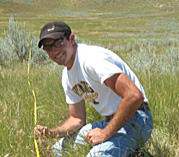
Conservation and Stewardship Manager
Apache Corporation

